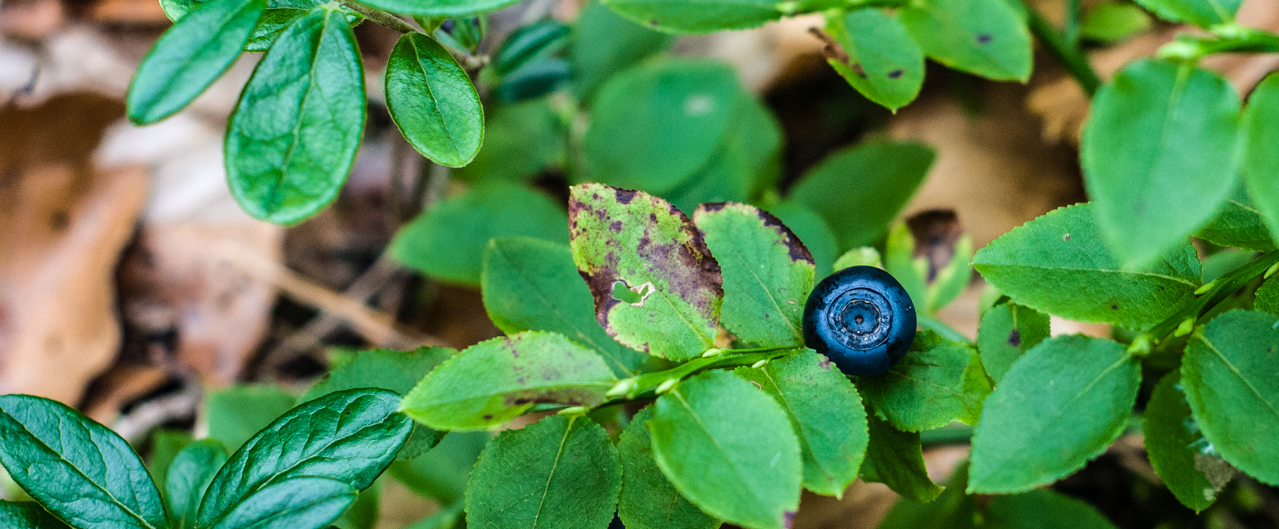
Vaccinium myrtillus Universität Ulm
bilberry, ( Vaccinium myrtillus ), low-growing deciduous shrub belonging to the heath family ( Ericaceae ). It is found in woods and on heaths, chiefly in hilly districts of Great Britain, northern Europe, and Asia. The fruits are a principal food of the grouse and are used for tarts and preserves.

Vascular Plants of the Gila Wilderness Vaccinium myrtillus
The Genome Database for Vaccinium (GDV) is a curated and integrated web-based relational database. The GDV is being developed to house and integrate genomic, genetic and breeding data for blueberry, cranberry and other Vaccinium species. The GDV will include the blueberry genome being sequenced by North Carolina State University, and annotated.
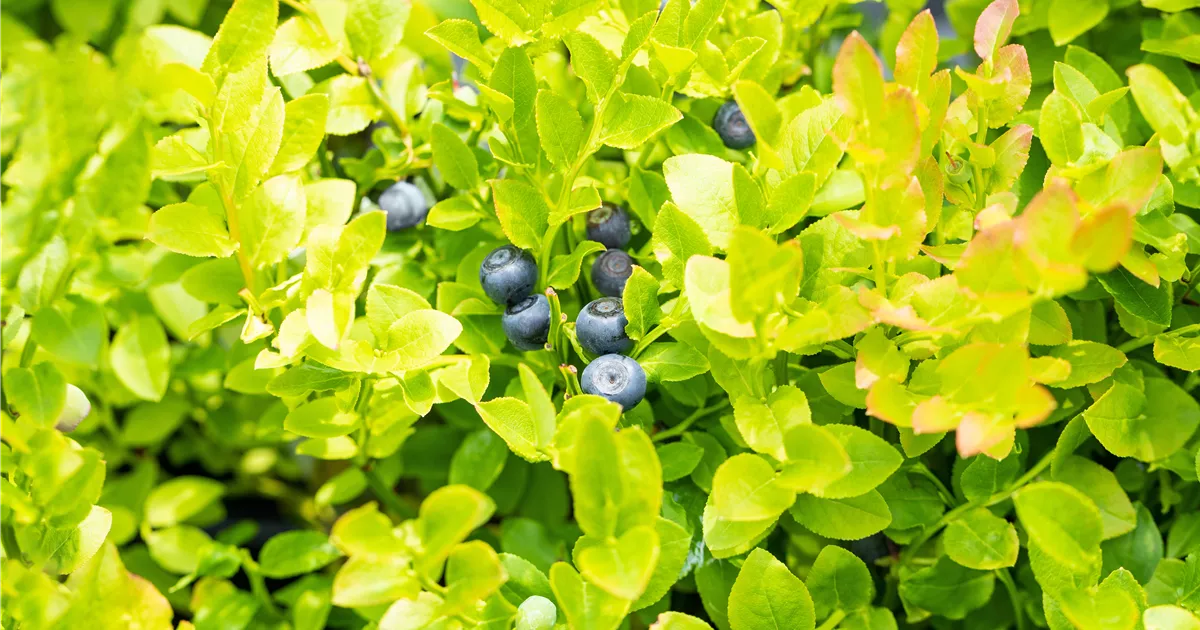
Vaccinium myrtillus 'Sinikka'
Temperature: Sow at 64 - 71F. Average Germ Time: 8 - 12 weeks. Light Required: Yes. Depth: 1/8 - 1/4 inch maximum. Sowing Rate: 2 - 3 seeds per plant. Moisture: Keep seeds moist until germination. Plant Spacing: 4 feet. Blueberry Southern Highbush Mixed Variety (Vaccinium corymbosum) - You do not have to start your blueberries from cuttings or.
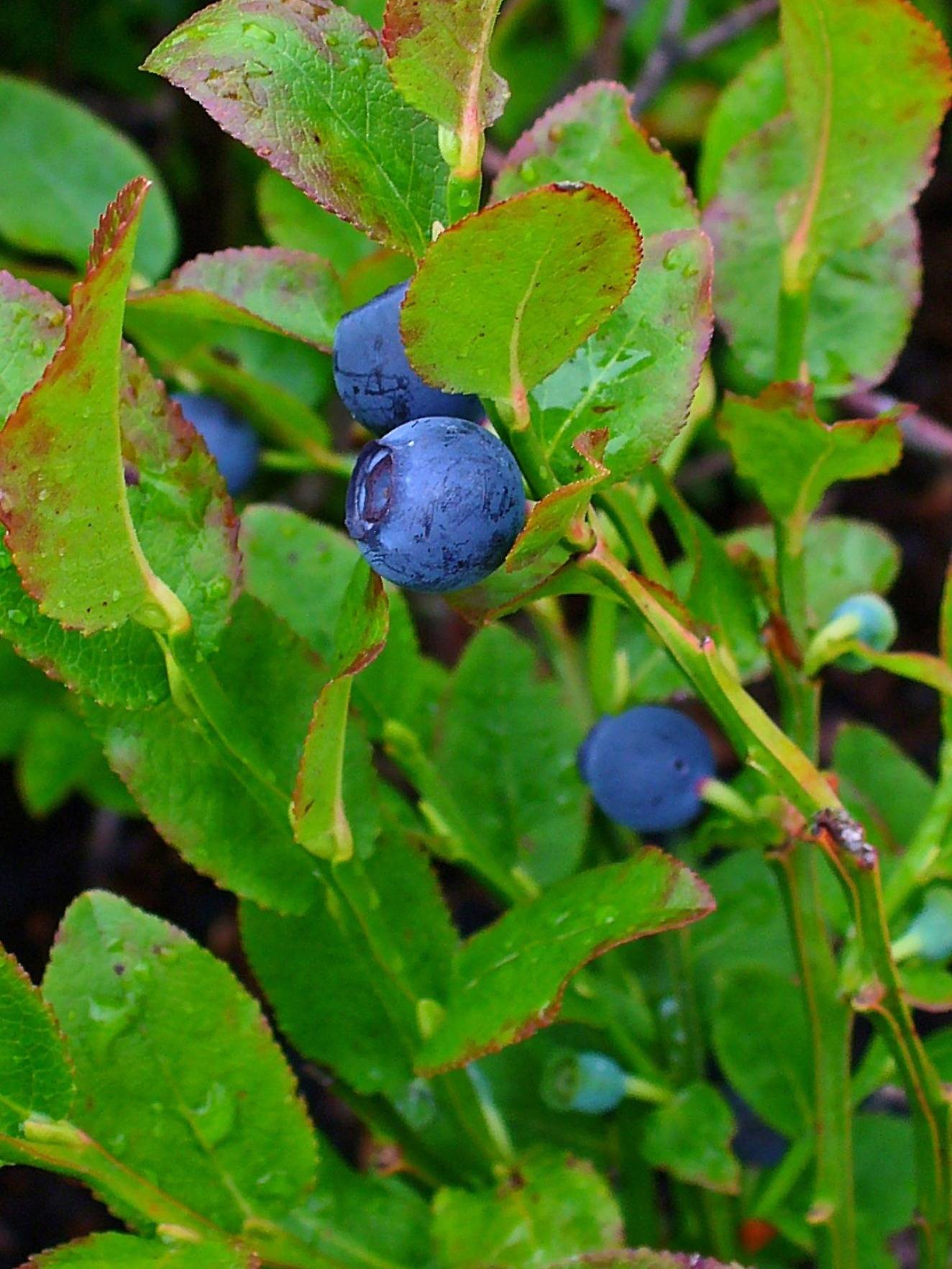
Vaccinium myrtillus National Botanic Gardens of Ireland
Vaccinium myrtillus is a small deciduous shrub that grows 4-18 in (10-46 cm) tall. It has light green leaves that turn red in autumn and are simple and alternate in arrangement. [3] Leaves are 0.4-1.2 in (1.0-3.0 cm) long and ovate to lanceolate or broadly elliptic in shape. [3] Common names

Blauwe bosbes Vaccinium myrtillus Waarneming.nl
plants of V. myrtillus (European blueberry), with the aim to verify if distinct plant compartments (i.e., roots, stems, leaves and owers) harbor similar or signicantly di˝erent assemblages of.

Vaccinium myrtillus, Blaubeere Baumschule Stielau
Height: 45cm Spread: 45cm Hardy Attractive to wildlife Autumn colour Flower colour: Foliage colour: Position Soil A blueberry relative, the bilberry, Vaccinium myrtillus, is commonly found growing on the heaths, moors and woodlands of northern Europe, and has naturalised in some parts of Britain.
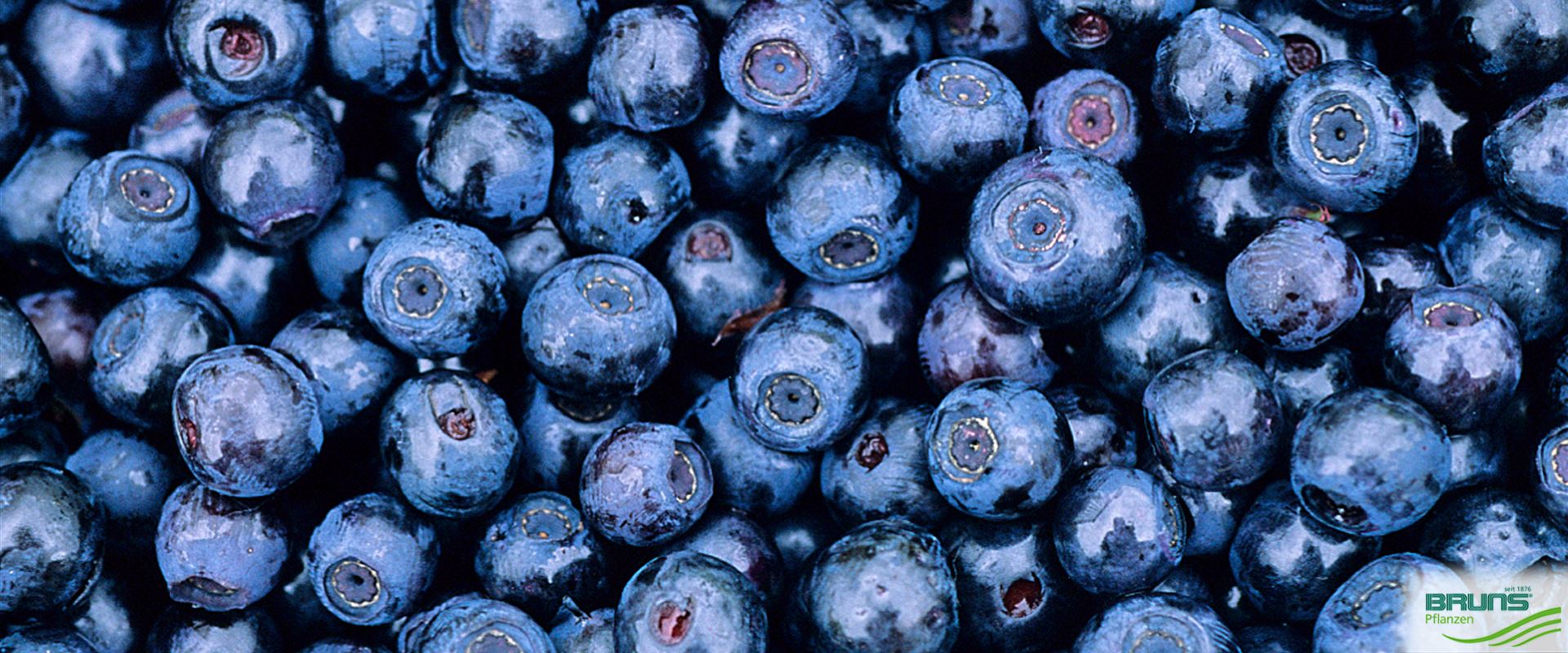
Vaccinium myrtillus, Blueberry, bilberry von Bruns Pflanzen
Bilberry ( Vaccinium myrtillus L.) is one of the richest natural sources of anthocyanins. These polyphenolic components give bilberry its blue/black color and high antioxidant content, and they are believed to be the key bioactives responsible for the many reported health benefits of bilberry and other berry fruits.

Sonstige Garten & Terrasse Blueberry 50 Seeds Vaccinium Myrtillus
Introduction Vaccinium myrtillus (bilberry) is a member of the Ericaceae family, and is also known as European blueberry, huckleberry, whortleberry, or blueberry. It is a shrubby perennial plant one to two feet in height and can be found in the mountains and forests of Europe and the northern United States. Its branches contain alternating, elliptical, bright green leaves, and its flowers.
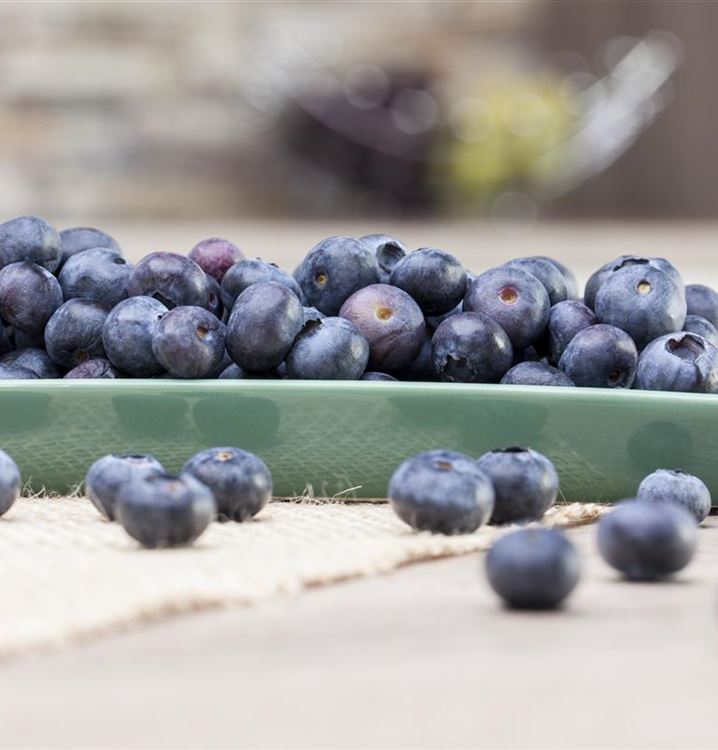
Vaccinium myrtillus, Heidelbeere Gartenpflanzen Daepp
1. Introduction. Bilberry (Vaccinium myrtillus L.) is a dark blue fruit that belongs to the genus Vaccinium, family Ericaceae, which comprises around 450 species of trees, shrubs, sub-shrubs and hemiphytes distributed all over the world [].These fruits are usually consumed in the fresh form, however, due to their short shelf life, they are also frozen, dried or processed in the form of jams.
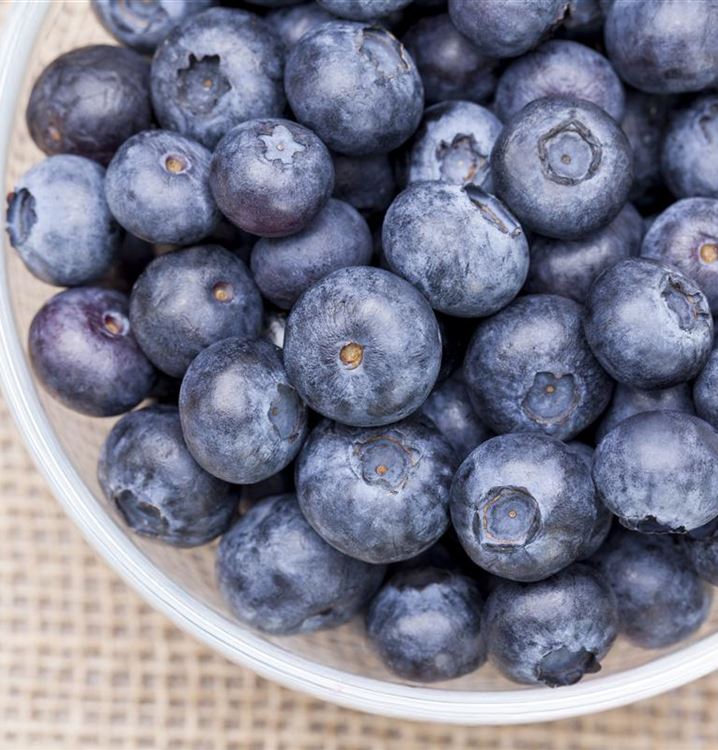
Vaccinium myrtillus, Heidelbeere Gartenpflanzen Daepp
Vaccinium uliginosum L. (commonly known as bog bilberry) and Vaccinium myrtillus L. (commonly known as bilberry) are species of the genus Vaccinium (family Ericaceae ). The red-purple-blue coloration of blueberries is attributed largely to the anthocyanins found in bilberries.
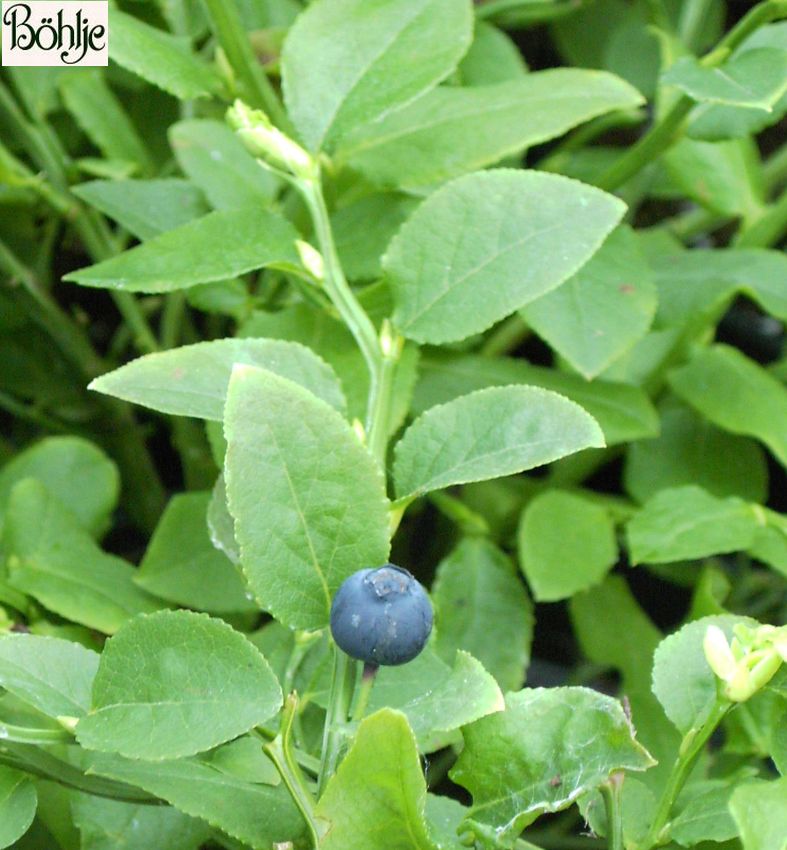
Vaccinium myrtillus heimische Blaubeere Böhlje Pflanzenhandel GmbH
Abstract. Vaccinium myrtillus L. (bilberry, Ericaceae), a perennial, wild, and small deciduous shrub that grows in the mountains and forests of Europe. The leaf extracts are widely used in.
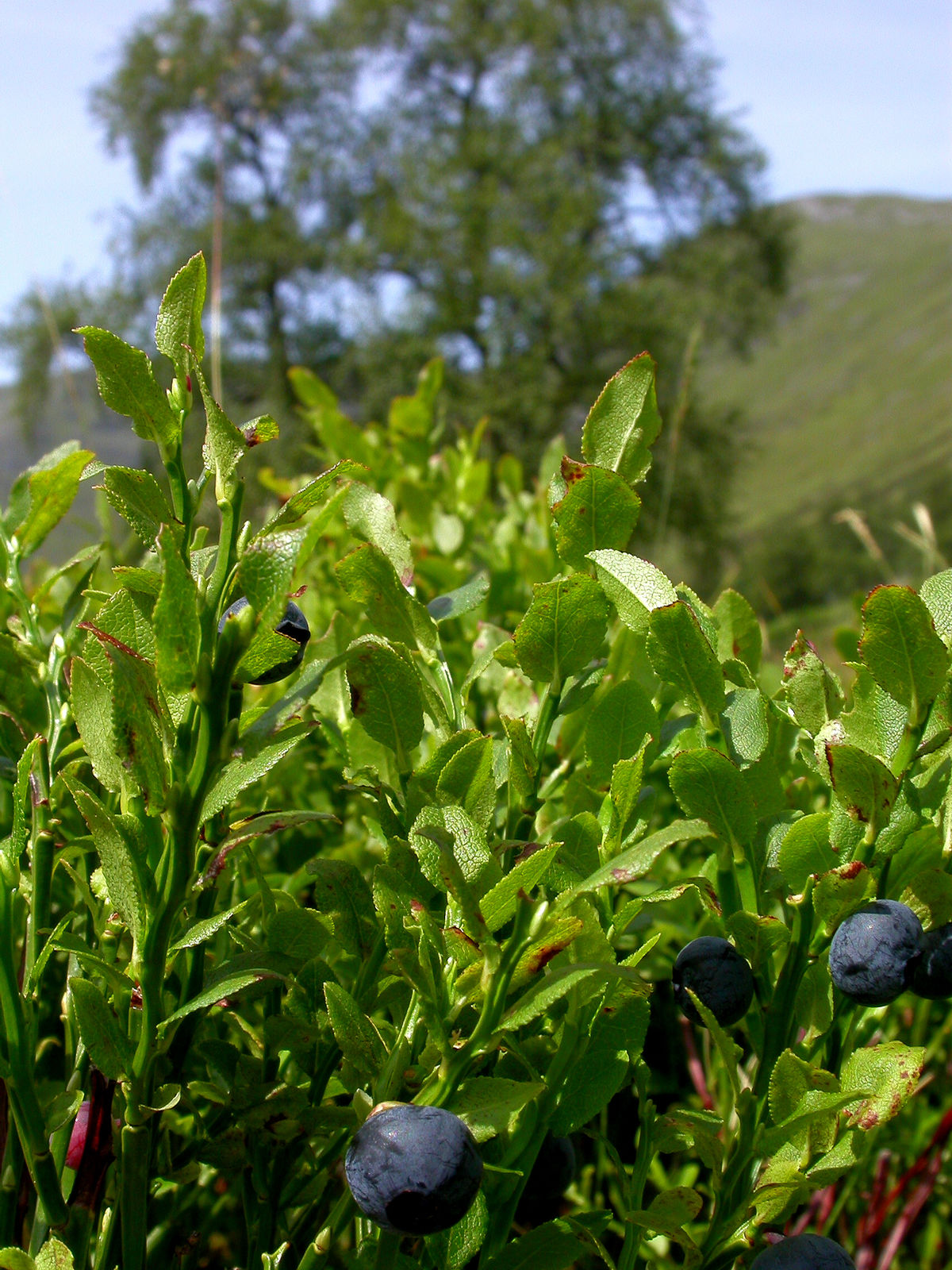
Vaccinium myrtillus L. Plants of the World Online Kew Science
Bilberries. Bilberries ( / ˈbɪlbəri /) or blueberries are a primarily Eurasian species of low-growing shrubs in the genus Vaccinium (family Ericaceae ), bearing edible, dark blue berries. The species most often referred to is Vaccinium myrtillus L., but there are several other closely related species.

Vaccinium Myrtillus Indications et Usages thérapeutiques Therapeutes magazine
Vaccinium myrtillus. In: Fire Effects Information System, [Online]. Fire Sciences Laboratory (Producer). Available: https://www.fs.usda.gov/database/feis/plants/shrub/vacmyr/all.html []. ABBREVIATION : VACMYR SYNONYMS : Vaccinium oreophilum SCS PLANT CODE : VAMY2 VAMYM VAMYO COMMON NAMES : whortleberry dwarf bilberry
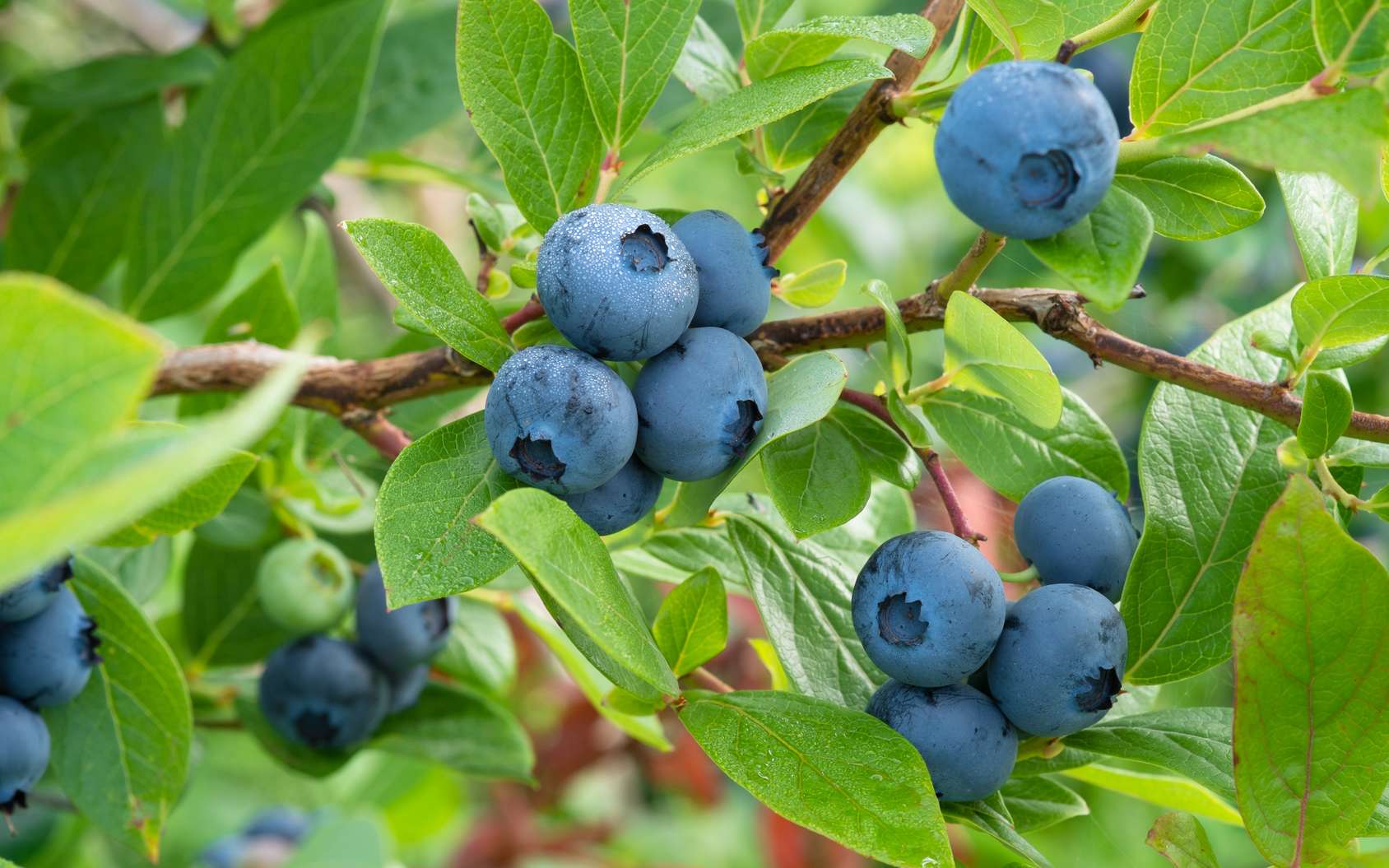
Définition Myrtille Vaccinium myrtillus Futura Santé
1. Introduction. Vaccinium myrtillus is a shrub from the Ericaceae family, genus Vaccinium, that grows in mountainous regions in Europe, Asia and North America.The leaves are used in traditional medicine of different countries for the management of diabetes. Until presently, there is no relevant information, only assumptions, regarding the compounds that are responsible for this effect [].

Vaccinium myrtillus BBC Gardeners World Magazine
Vaccinium myrtilloides is a shrub with common names including common blueberry, velvetleaf huckleberry, velvetleaf blueberry, Canadian blueberry, and sourtop blueberry. It is common in much of North America, reported from all 10 Canadian provinces plus Nunavut and Northwest Territories, as well as from the northeastern and Great Lakes states in the United States.

Vaccinium myrtillus Burgenland Flora
Due to the high therapeutic potential of Vaccinium myrtillus (VM) leaves, this review aims to present the latest knowledge on the phytochemical profile, as well as the therapeutic effects of this herbal drug. The review was conducted according to the Prisma guidelines, and the scientific databases were searched using combinations of the.